| Structure | Name/CAS No. | Articles |
|---|---|---|
 |
Ethylenediaminetetraacetic acid disodium salt
CAS:139-33-3 |
|
 |
n-(2-hydroxyethyl)ethylenediamine-n,n',n'-triacetic acid trisodium salt
CAS:139-89-9 |
|
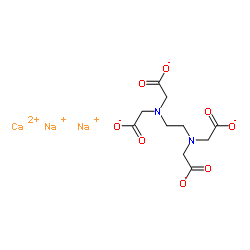 |
Disodium monocalcium EDTA
CAS:62-33-9 |
|
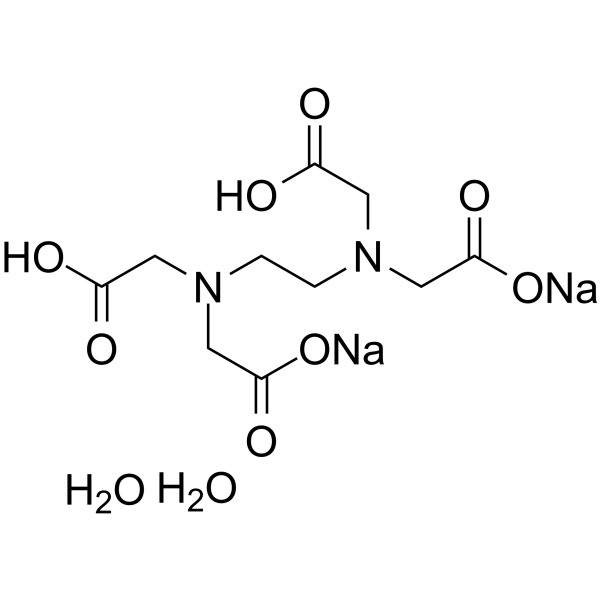 |
Disodium edetate dihydrate
CAS:6381-92-6 |
|
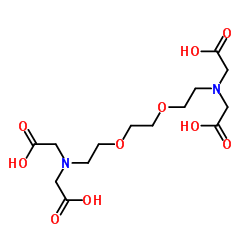 |
EGTA
CAS:67-42-5 |
|
 |
Ethylenediaminetetraacetic acid
CAS:60-00-4 |
|
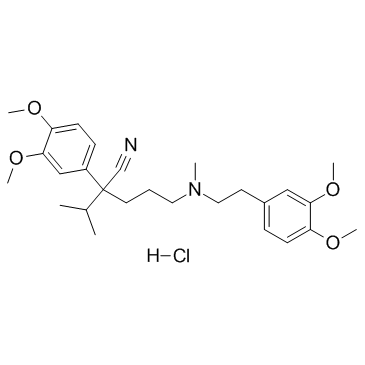 |
Verapamil HCl
CAS:152-11-4 |
|
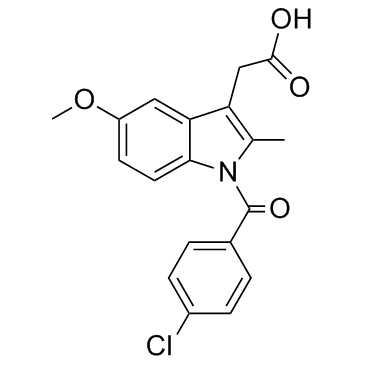 |
Indometacin
CAS:53-86-1 |